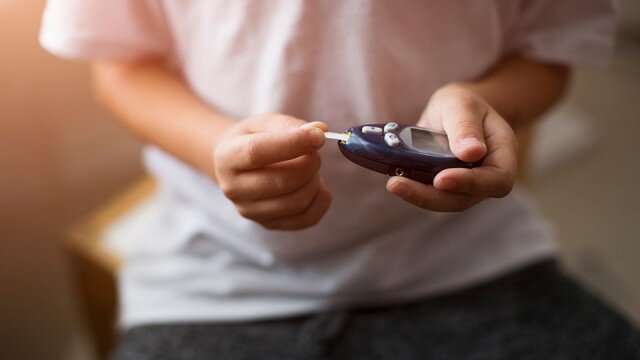

A new COVID-19 antibody blood test developed by Northwestern University scientists requires only a single drop of blood self-collected at home. It could generate estimates of herd immunity, measure vaccine effectiveness in the general population and model the course of future waves of infection.
For the test, a person would use a fingerstick to collect their blood sample on filter paper and mail it to a lab for analysis. This method would allow for large-scale testing of neutralizing antibodies against COVID-19. It also can be implemented in a short amount of time with widely available laboratories. Prior methods have used a blood draw from a vein, which requires patients to come to a hospital or clinic.
“Neutralizing antibodies are important because they measure the level of immune protection against infection,” said senior study author Thomas McDade, professor of anthropology at Weinberg College of Arts and Sciences at Northwestern and professor of medical social sciences at Northwestern University Feinberg School of Medicine. “In the context of the pandemic, this is important for evaluating the efficacy of vaccination and the durability of immunological memory and protection following natural infection.”
The study was published as a preprint and has not yet been peer reviewed. It is considered preliminary until it is published in a peer-reviewed journal.
“Our approach is minimally invasive and low cost,” said co-author Alexis Demonbreun, assistant professor of pharmacology at Feinberg. “The test has tremendous potential to help accelerate our understanding of the immune response to COVID-19 vaccination and to natural SARS-CoV-2 infection.”
The investigators are applying the method to study vaccine responses in people previously exposed to SARS-CoV-2. They also are using it in a large antibody study in the Chicago area. This study—called SCAN (Screening for Coronavirus Antibodies in Neighborhoods)—has enrolled more than 10,000 people to help understand how the virus has spread in the community and the level of protective immunity resulting from prior infection.
Source: Read Full Article